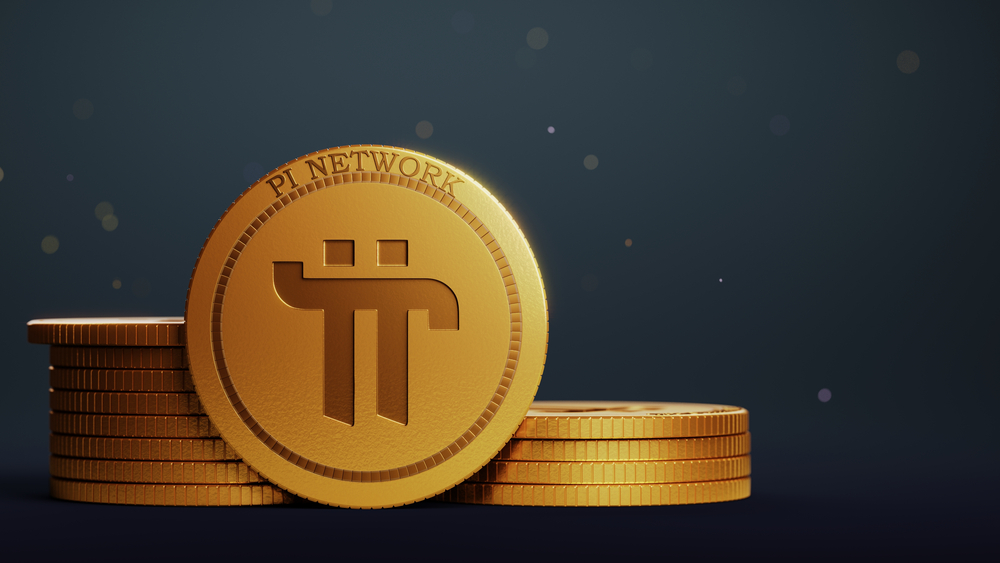The price of pi? Sounds like an oxymoron, doesn’t it? After all, pi (π) is a mathematical constant, approximately 3.14159, representing the ratio of a circle’s circumference to its diameter. But what if I told you that the concept of a pi price is more relevant than you might think, with real-world implications across various industries? Let’s delve into the unexpected world of pi price, where numbers dance and markets sway.
Understanding the Context: Pi in the Marketplace
Before we dissect the intricacies of “pi price,” it’s crucial to establish the context. We’re not talking about the literal price of the Greek letter. Instead, “pi price” often refers to the economic value or cost associated with implementing or utilizing pi-related calculations and technologies. Think about it: the precision and accuracy of pi are crucial in numerous fields, impacting costs and efficiencies.
The Hidden Costs of Pi
The seemingly simple constant, pi, underpins a vast array of calculations. In engineering, its precise value is critical for construction, design, and manufacturing. Inaccurate estimations, even slightly off, can lead to significant material waste, time delays, and financial losses. These are the hidden costs of neglecting the importance of precise pi values within complex projects. This is where the concept of “pi price” takes on real-world significance. One thing to keep in mind is that the cost of error is often far greater than the cost of precision.
Pi Price in Technology: A Deeper Dive
The role of pi in technology is often underestimated. From computer graphics and simulations to cryptography and data analysis, accurate pi calculations are essential for smooth, efficient operations. The “pi price” in this context can refer to the computing power, energy consumption, and time required for these processes.
The Algorithmic Impact
The algorithms used to calculate pi to vast numbers of decimal places demand significant processing power. This translates directly into energy consumption and, consequently, cost. Moreover, the accuracy of these calculations directly influences the quality of the output – a poorly calculated pi can lead to software glitches, inaccurate simulations, or vulnerabilities in cryptographic systems. The pi price, therefore, reflects the investment needed for reliable and precise technological applications.
Navigating Pi Price Fluctuations: A Practical Approach
While pi itself remains constant, the “pi price” can fluctuate. This isn’t a stock market scenario, but it does relate to the cost of computational resources and technological advancements that impact its use. As computing power increases and algorithms improve, the “pi price” might decrease—meaning that highly precise pi calculations become more accessible and affordable.
Future Trends and Predictions
In my experience, the trend shows a decreasing “pi price” over time due to continuous innovation in hardware and software. The cost of high-precision calculations will likely continue to fall, allowing for broader implementation across various industries and applications. However, other factors, such as energy costs and the demand for specialized computing resources, might influence this trend.
Pi Price and its Impact on Different Industries
The significance of the “pi price” varies across industries. In fields where precision is paramount—like aerospace engineering or medical imaging—the cost of error is exceptionally high, therefore making the “pi price” a critical factor in budgeting and resource allocation. However, in less demanding applications, the “pi price” might be less significant.
Case Studies: Examples of Pi’s Real-World Cost
Analyzing real-world projects involving pi calculations can illustrate the impact of “pi price.” Consider the cost of computing resources needed for highly accurate simulations in aerospace engineering versus the relative simplicity of calculating the circumference of a circular garden. The difference underscores the variability of “pi price” across various applications.
Final Thoughts: Embrace the Pi
Ultimately, understanding the concept of “pi price” helps us appreciate the hidden costs and benefits associated with utilizing this fundamental mathematical constant. By recognizing these costs and keeping abreast of technological advancements, businesses and organizations can optimize resource allocation and ensure the accuracy needed in their applications. The key takeaway? While pi remains a constant, its practical application has a dynamic “price,” and understanding that can lead to smarter decision-making.
